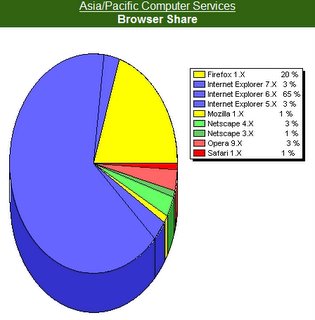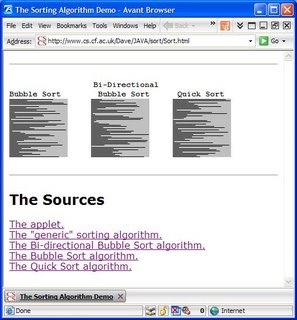Quite a few of their publications are available for for free viewing and download, including one of the latest:
Vladimir Putin - Evaluating the 'CEO of Russia Inc.' ... Is it sensible to evaluate the leader of a former superpower using many of the same the same criteria one might use for a leading CEO? Manfred Kets de Vries, the Raoul de Vitry d'Avaucourt Clinical Professor in Leadership Development, and Affiliate Professor of Entrepreneurship Stanislav Shekshnia certainly think so. Vladmir Putin, "CEO of Russia Inc.," is in the last of the three-phase "life cycle" described by the authors. But what might all that mean for his country and the world?
It's rather a good read, even for a geek like me. From now on, I'll be looking at leaders in all sorts of organizations and pondering how far they've progressed in their "three phases" and how long they've got left!
I encourage you to read this report. To further whet your appetite, here's the first paragraph of the Introduction:
In studying leaders in the business world—our particular area of expertise—we have foundthat many CEOs, on attaining the position of top leadership, go through a three-stage “lifecycle”: a distinct period of entry, a period of consolidation, and a period of decline. The period of entry is typically characterized by a high degree of uncertainty as the fledgling leaders struggle to understand what their new position entails, deal with the legacy of their predecessors, and search for business themes that will take the organization forward. Once their power is consolidated, the environment in which they operate is understood, and the key themes are identified, the new CEOs concentrate on pursuing these themes to make their mark on the organization. In most instances, it is during this period of consolidation that they reach their highest performance and build a solid foundation for the organization’s future. In the final stage, the period of decline, CEOs begin to lose their interest in doing new things (though they typically retain their interest in preserving their power base!), often becoming myopic, complacent, and stuck in their ways. They may even engage in paranoid thinking, fearful (frequently with good reason) that others are trying to get rid of them. Leaders in this end stage can become real threats to companies they have led successfully for many years. A dramatic example is the first Henry Ford, who rejected all proposed changes to the famous Ford Model T for 20 years, in spite of changing consumer tastes and a shrinking market share. Ken Olsen, the former CEO of Digital Equipment Company (a firm that no longer exists), was likewise out of touch with market reality, a failing that contributed to the decline and fall of his organization.And then a bit later on:
So, do go read the article: Vladimir Putin - Evaluating the 'CEO of Russia Inc.' ...Putin does not seem to be functioning well in his leadership role—but why? Given his many positive qualities and the favorable timing of his ascendancy, why has he failed to fully fulfill the relatively simple expectations of his shareholders? The answer is simple: he has not done what effective CEOs do.

